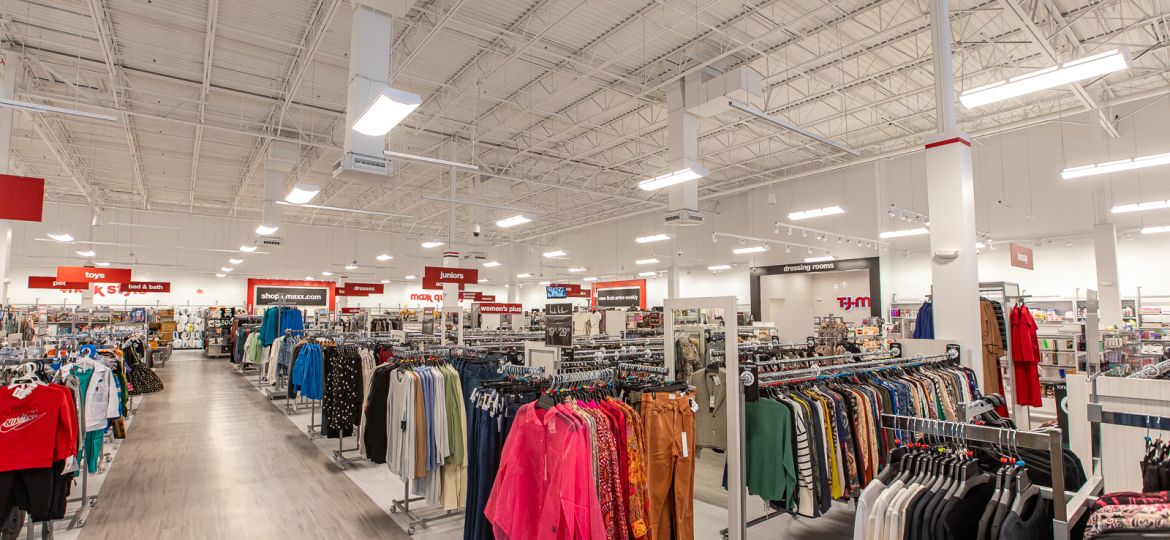
In the age of e-commerce dominance and the ever-growing convenience of online shopping, there’s a prevailing notion that brick and mortar stores are on the decline, gradually fading into obsolescence. However, contrary to popular belief, physical retail spaces are far from obsolete. In fact, they continue to play a vital role in the retail landscape, offering unique advantages and experiences that online platforms simply cannot replicate.
E-Commerce Can’t Compete With the Tangible
While the rise of online shopping has undoubtedly transformed the retail industry, it hasn’t extinguished the desire for tangible, real-world experiences. One of the primary reasons brick and mortar stores remain relevant is the inherent human need to touch, feel and try on products before making a purchase, particularly in sectors like apparel or furniture.
In the apparel industry, for instance, the ability to assess the fabric, fit, and overall quality of a garment through tactile interaction is indispensable for many consumers. No matter how advanced virtual try-on technologies become, they can never fully replicate the experience of physically trying on clothes in a fitting room or examining the stitching and texture up close. This tangible engagement fosters a deeper connection between the consumer and the product, ultimately influencing purchasing decisions.
Human Beings Crave Connection and Belonging
Beyond the product itself, brick and mortar stores offer something that virtual storefronts lack: human interaction. The opportunity to receive personalized recommendations from knowledgeable staff, engage in meaningful conversations and enjoy face-to-face interactions with fellow shoppers creates a sense of community and belonging that online shopping struggles to replicate. In an increasingly digitized world, these human connections hold immense value and contribute to the enduring appeal of physical retail spaces.
The Power of Pop-up Shops
Another factor contributing to the resilience of brick and mortar stores is the rise of pop-up shops. These temporary retail spaces have emerged as a strategic tool for both established brands and emerging businesses alike. Pop-ups offer a low-risk, high-reward opportunity for entrepreneurs to test new markets, experiment with innovative concepts and engage directly with consumers without the long-term commitment of a traditional lease.
The flexibility afforded by pop-up shops enables businesses to adapt quickly to changing consumer preferences and market trends. By creating immersive, experiential environments, pop-ups can generate buzz, drive foot traffic and foster brand loyalty in ways that traditional retail formats often struggle to achieve. Additionally, the transient nature of pop-ups adds an element of urgency and exclusivity, compelling consumers to visit and make purchases before the temporary storefront disappears.
Why Not Both?
Many forward-thinking retailers recognize the importance of maintaining both online and a physical presence. By adopting an omnichannel approach, businesses can leverage the strengths of each platform to create a seamless shopping experience for customers. Whether browsing online for convenience or visiting a physical store for hands-on engagement, consumers have the flexibility to choose how they interact with a brand, ultimately enhancing their overall shopping journey.
In essence, brick and mortar stores are not dying; they are evolving. Rather than being overshadowed by the rise of e-commerce, physical retail spaces continue to thrive by embracing innovation, prioritizing customer experience, and leveraging their unique advantages. As the retail landscape continues to evolve, one thing remains clear: the appeal of physical storefronts will endure for years to come.
Interested in building your next big project? Contact Centurion today to see how we can help.


